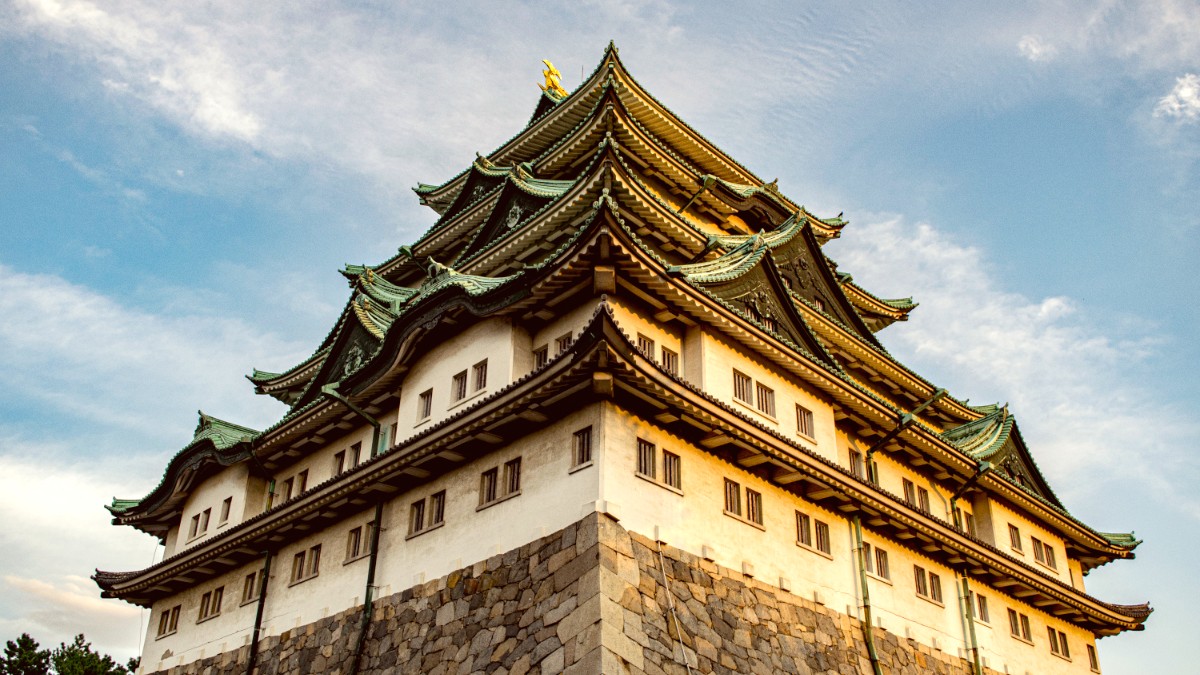
Central Honshu, Japan
Nagoya experiences four distinct seasons, each requiring specific clothing. Layering is a good strategy for most times of the year.
Winter (December-February): Warm Winter coat, sweaters, scarves, Gloves, hats. Thermal underwear helps. Even in summer, air-conditioned indoor spaces can feel cool. Temperatures fluctuate in spring and autumn.
You will likely walk many miles exploring the city. Select shoes with good arch support.
Useful if your travel coincides with the rainy season (mid-June to mid-July).
Convenient for places where you frequently remove footwear, like traditional inns.
Prepare both original and backup copies of your important travel documents.
Japan uses Type A and Type B sockets (two flat pins, or two flat pins and a round grounding pin), same as North America. Voltage is 100V. Most modern electronics are dual-voltage (100-240V), requiring only a Plug adapter. For older or non-dual-voltage items, a Voltage converter is needed. A Universal travel adapter is a good general item.
A Compact mirrorless camera or Smartphone with a good camera helps capture Nagoya's cityscapes, temples, and food. A Portable tripod for low-light shots. Extra batteries and memory cards are always useful. Portable chargers remain essential for phone battery drain.
Use services like Google Drive, Dropbox, or iCloud to back up photos and digital copies of important documents.
Carry a small USB drive or external hard drive for useful files if you have a laptop.
Consider two-factor authentication for all important online accounts for added security.
Pack a personalized health kit to address common issues and support your well-being.
Japan's tap water is safe to drink. A Reusable water bottle aids hydration. While local toiletries are excellent, bring specific brands if you have preferences or sensitive skin.
If planning to hike in nearby mountains or nature parks.
For serious photographers.
For activities like skiing or snowboarding at nearby resorts.
These items contribute to comfort, security, and convenience during your travels.
Reducing waste and adapting to local customs contribute to a smoother trip.
Shampoo bars, soap bars reduce plastic bottles.
For your daily beverage, fewer disposable cups.
Reduce paper by using digital documents and guidebooks.
For cameras or other devices, instead of disposables.
Prioritize comfort, convenience, and cultural awareness in your packing choices.
Consider rolling your clothes tightly to save space, and use packing cubes to organize your luggage efficiently.